SUMMARY
This is AI generated summarization, which may have errors. For context, always refer to the full article.
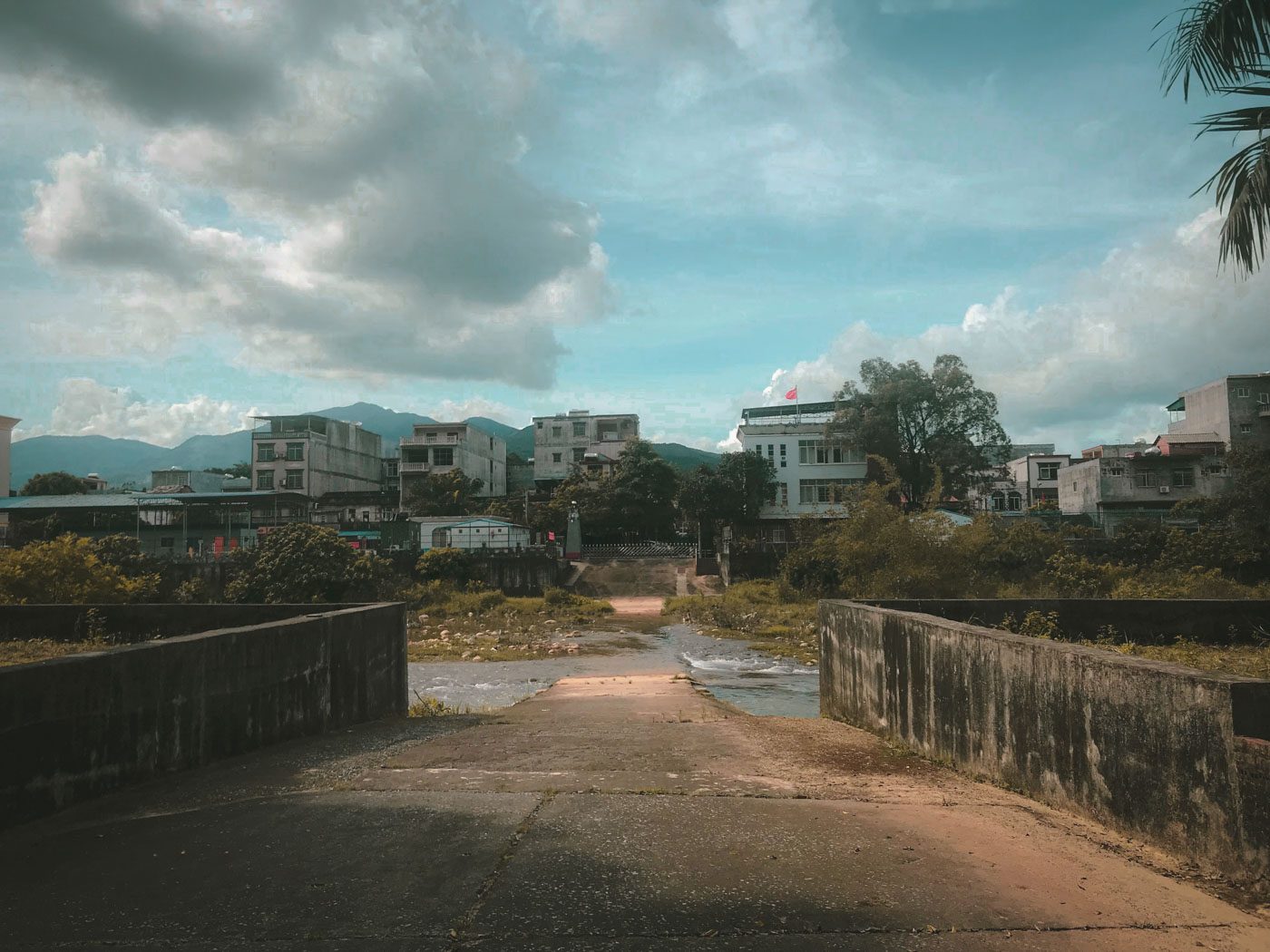
This compilation was migrated from our archives
Visit the archived version to read the full article.
Vietnam: Trafficking route brimming with business
On an early summer morning in the Vietnamese tourist town of Ha Long, we meet a man surnamed Chen at a bar that will soon turn to its daytime trades of milk tea and currency exchange.
Chen runs a restaurant, but also tries to earn additional cash by showing tourists around and smuggling ivory and pangolins. Born in 1988, he lives alone in a messy apartment on the outskirts of Ha Long. Chen showed 3 pangolin scales as samples of his trade to us (we were reporting undercover, feigning interest in buying scales). “You can wait at home in China, we deliver to your doorstep,” he said.
His prices depend on provenance. Asian pangolin scales go for 3,200 Chinese renminbi, or around $450, but African scales cost a mere 1,300 renminbi, or $180, per kilogram. Because of the legal risks, he only takes orders above 10 kilograms at those prices. For smaller orders, he would charge a premium.
His supply comes from Laos. But he claimed he did not know how they went from Africa or elsewhere in Asia to Southeast Asia’s only landlocked country. He boasted that once smuggled to China, his goods, which also include bear paws and ivory tusks, can be delivered across the country, except for the northeastern provinces. Estimated delivery time: 4 days.
There is an oft-used land route from Laos through Vietnam to China, according to our review of local media reports from 2011 to 2019. Over 3,000 live pangolins have been seized while being trafficked in a total of 44 seizure cases in the land route that extends from Cau Treo at the Laotian border to Móng Cái at the Chinese border.
But trade is much bigger by air and sea cargo. Overall, police and customs have confiscated over 43 tons of pangolin scales and over 24 tons of frozen pangolins between 2011 and 2019, according to our review. Anecdotal evidence suggests that the majority of the bulk cargo originated from African countries, including Nigeria and Cameroon.
In our conversations, Chen mentioned the Chinese border town of Dongxing as a major smuggling hub, so we went there. The town, along with its sister town of Móng Cái in Vietnam, has flourished because of the border trade. The two cities are practically one, were it not for the heavy surveillance and fortifications that attempt to control and tax the bustling undeclared border trade.
It seems that the crossing of checkpoints here is a mere formality in lives lived on both sides. Residents in both towns said that they used special passes, allowing them to cross the border with minimal checks, as long as their stays were brief and limited to the border area.
On the Vietnamese side, we met Hoang Anh, a taxi driver who previously made a living peddling iPhones bought in China. He showed us a photo of himself with his brother and 7 pangolins.
The photo, dated June, was meant to prove that he could supply the animal at its freshest: alive. His buyers, he said, were mostly people interested in pangolin meat for special meals.
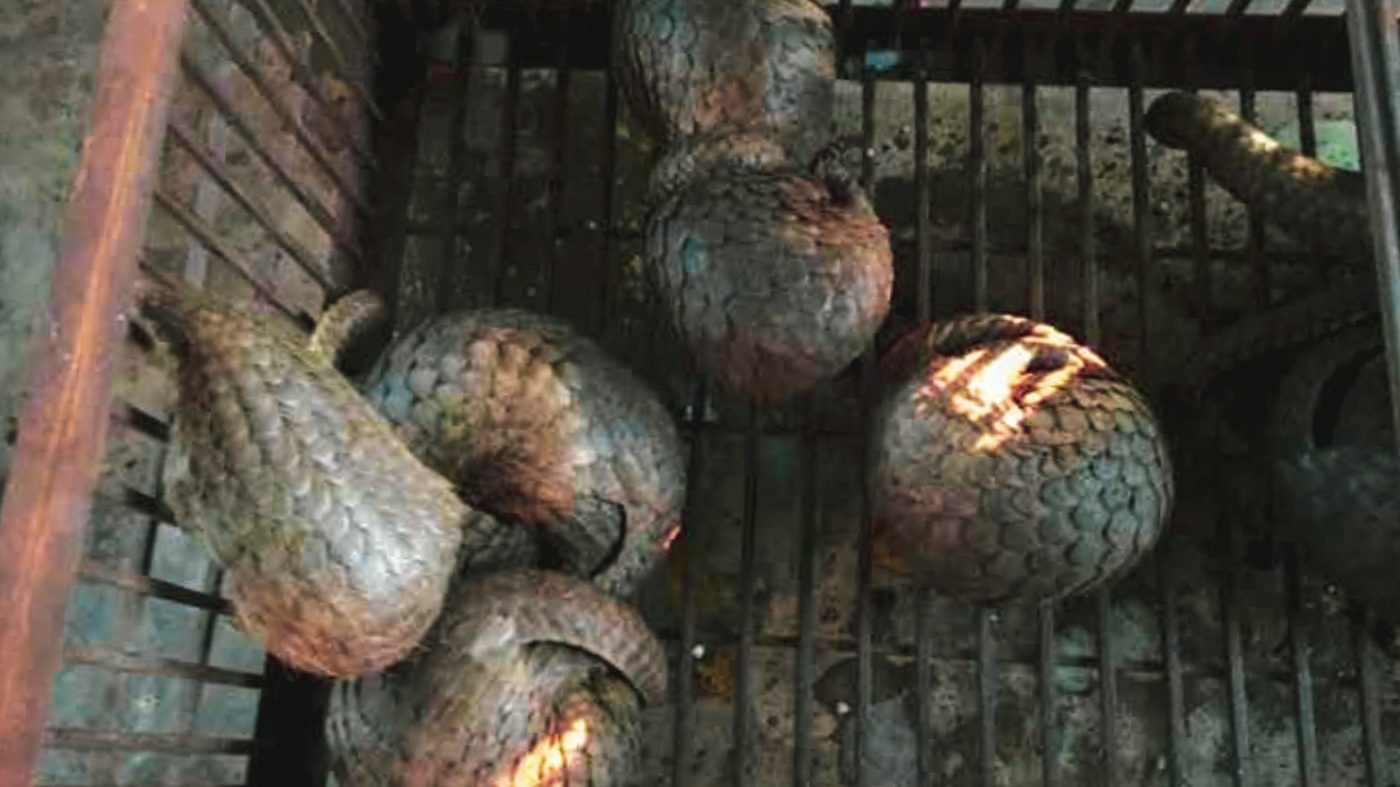
The going rate for pangolins is 1,250 renminbi per kilogram, which brings a live animal of about 5 kilograms to 5,000-6,000 renminbi. He said that thanks to bribes and connections, delivering to China would not be a problem.
Taiwan: How poachers turned into conservationists
Deep in Taiwan’s Luanshan forest in the dark of the night, Yu Man-jung spotted some tracks on the ground. “There was a pangolin just here,” Yu pointed out to the team of researchers behind him. Yu, also known as A-yung, moved quickly in the pursuit of more traces. He had developed a keen eye for spotting any signs of the shy scaly anteater over the years in his former career as a poacher.
Before he started working with pangolin researchers at National Pingtung University of Science and Technology (NPUST), Yu was poaching pangolins for a living. That was years ago, before pangolin researcher Hsun Ching-min hired Yu to help track the animal for research. For Yu, the new income helped offset the loss in revenue caused by stricter controls and falling domestic demand in pangolin meat.
A native of the mountainous terrain, Yu had spent much of his life around pangolins. The knowledge of the forest and his instincts for finding the reclusive animal have since been credited by researchers for several significant successes in the field.
“If not for A-yung, I wouldn’t have known where the pangolins were,” said Hsun admiringly, using Yu’s nickname. “He was always a trailblazer in the pangolin patrol team.”
“Without a local to lead the way, we would not have been able to find pangolins, no matter how advanced our technology is,” said Hsun.
Yu passed away in 2016 in an accident. However, his contribution to pangolin research and conservation is not forgotten. Hsun is leading ongoing research in Luanshan, Taitung, to better understand wild pangolins and their consumption habits.
“Without a local to lead the way, we would not have been able to find pangolins, no matter how advanced our technology is.”
Pangolin research can be hard work, involving many – mostly unsuccessful – hours of tracking, analysis of food sources, and even stool-sniffing.
Hsun, who has tracked down 47 wild pangolins in 8 years of research, jokingly calls himself “the man who has collected the most pangolin faeces in the world.”
Studying pangolin compost and stool are essential indicators of the animal’s nutrition. But the stool is hard to find. Pangolins only excrete once a day. They bury their faeces to cover their tracks, which makes it difficult for researchers like Hsun to collect stool samples.
Hsun developed and patented a technique to segregate pangolin stool components, and worked with the Taipei Zoo to further analyze the volume and digestive rate of different ant species in pangolin stools.
Pangolins are notoriously difficult to care for in captivity, and rescued pangolins frequently die from stress and failure to eat. With Hsun’s research, NPUST hopes to learn more about pangolins’ eating habits to improve the survival rates of future rescues.
Taiwan today has become a success story in pangolin conservation, but things were different just half a century ago. From the 1950s to the 1970s, Taiwan exported nearly 60,000 pangolin leather pieces every year. As a result, pangolins almost became extinct.
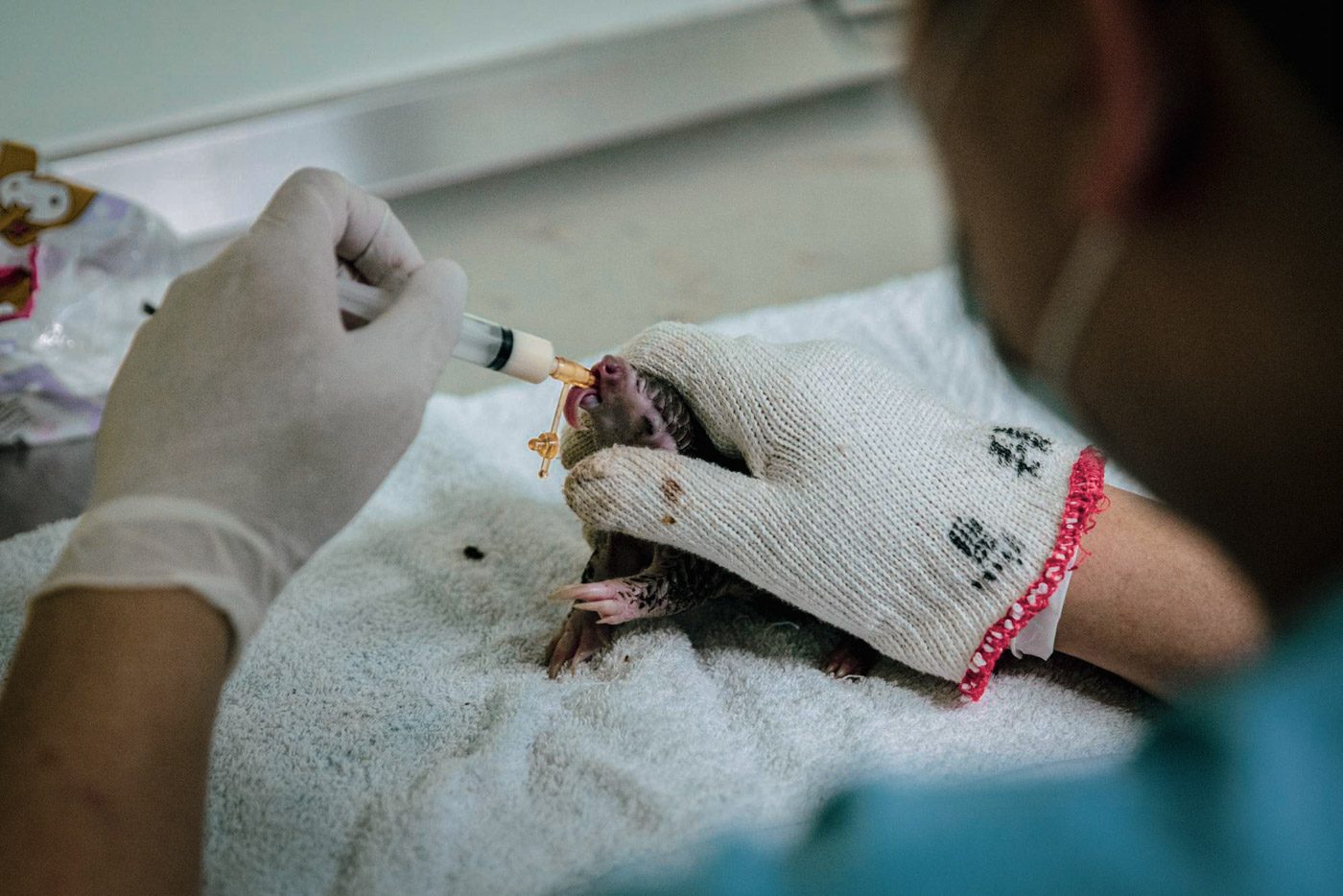
It was only in 1989 that commercial hunting and export were banned after the government established the Wildlife Conservation Act. Today, the population density of Taiwanese pangolins is one of the highest in the world. (READ: How Taiwan plans to save pangolins from extinction)
While legislative reform and public awareness have mostly ended the illegal trade, Taiwan remains a smuggling transit point to mainland China.
Just last year, Kaohsiung customs officials intercepted 3,880 descaled and disemboweled pangolin bodies in a container that originated from Malaysia. In another notable seizure, the Coast Guard Administration seized 5 Taiwan pangolins, along with Asian yellow pond turtles and yellow-margined box turtles in 2015.
These, too, were all believed to be en route to mainland China.
Today, Hsun has honed his skills at finding wild pangolins, although he admits that he mostly relies on luck. We hiked with him up a mountain along the same route that Yu, the former poacher, used. An hour into the hike, we found an old burrow buried underneath a pile of leaves and weeds.
An indigenous resident of the area pointed to a nearby slope. “There’s a burrow and it’s quite new,” he said. We crawled on all fours, holding onto the bamboo to keep our footing, until we spotted the deep underground burrow. It had the fresh remains of a palm-sized ant mound next to it, the remnants of a pangolin’s feast.
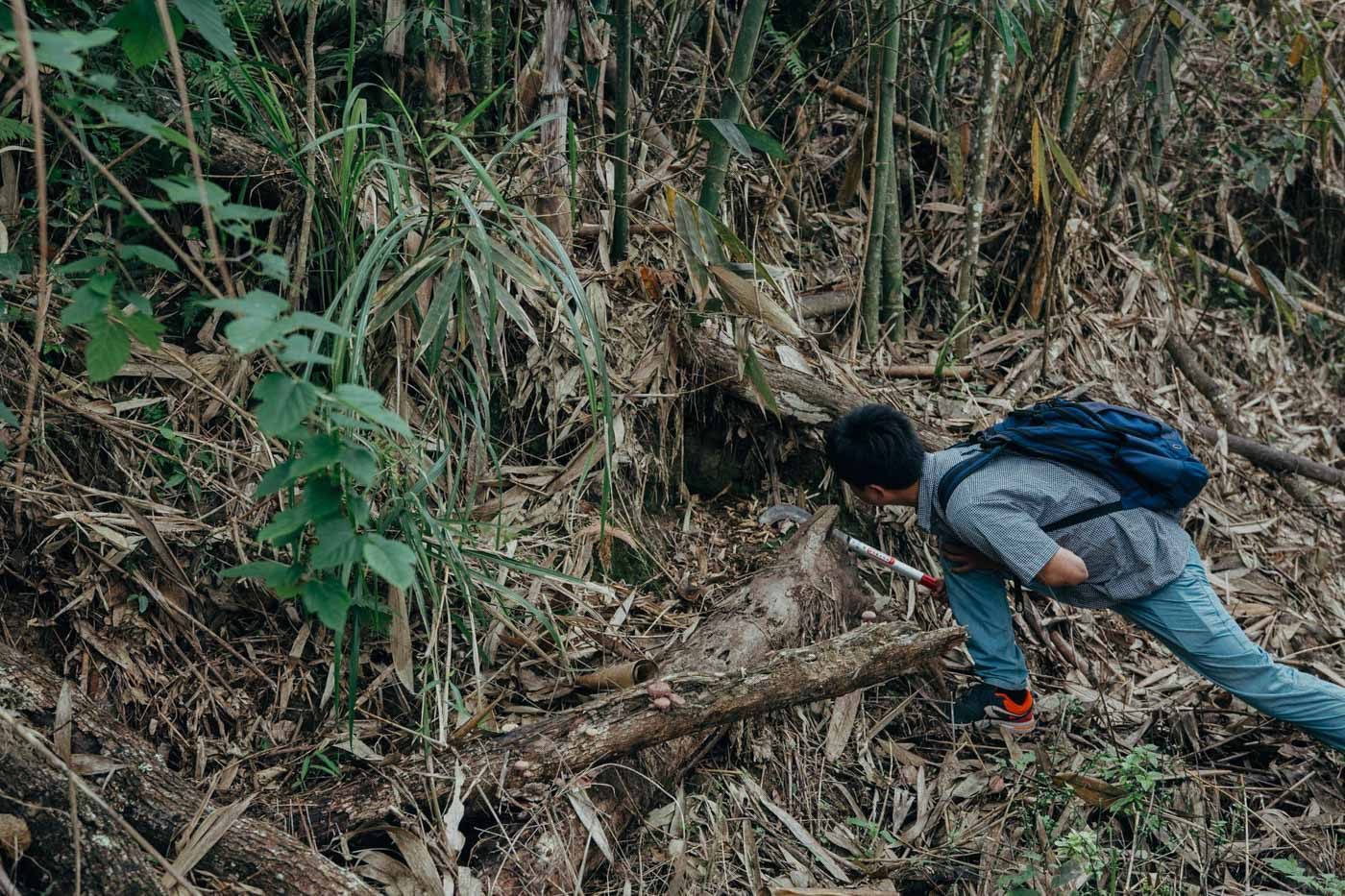
Hsun marvelled at our good luck. Our find was a rare one. “This burrow was dug only in the past two days,” he said. “It usually becomes mouldy after that.”
Hsun suggests that the government should employ residents like Yu as guides or ecological conservationists. It should utilize their knowledge and skills to push for even higher conservation goals.
“Perhaps, we can even make Luanshan a world-standard pangolin conservation center,” he said.
China: Activism meets lack of transparency
We’re back in mainland China. In April, we found 5 pangolins at a zoo in the southern city of Guangzhou, Guangdong Province. They had been seized in a sting operation on smugglers in a nearby town a few weeks earlier. The provincial forestry administration ordered them temporarily housed at the zoo. They ended up in a cage formerly used for lizards.
The origin of the animals remains unknown, but officers said that the animals had been taken to China through Vietnam and then to Meizhou, a southern town about 400 kilometers east of Guangzhou. Customs officers seized a total of 103 pangolins in the bust. Of these, 82 were taken to Guangxi region and 21 were kept in Guangdong. Most of these 21 pangolins died shortly after that.
The China Biodiversity Conservation and Green Development Foundation, an advocacy group, dispatched a staff member, Sophia Zhang, from Beijing to Guangzhou to care for the remaining animals.
At the zoo, Zhang set up a live camera and shared updates on Weibo, China’s Twitter-like social media platform, to bring the animals’ plight to the attention of possible donors. Volunteers in Yunnan Province, which borders Myanmar and Laos, collected and froze ants for Zhang and had them delivered to Guangzhou to feed the animals.
Despite her best efforts, two animals died in April, leaving only 3 survivors. Veterinarians from a nearby pet hospital and vet students from a local university volunteered to help Zhang prepare their food, using chopsticks to loosen the frozen ants, and clean their cages. “I’m happy they eat well,” she told us. “Pangolins are like humans when under shock.”
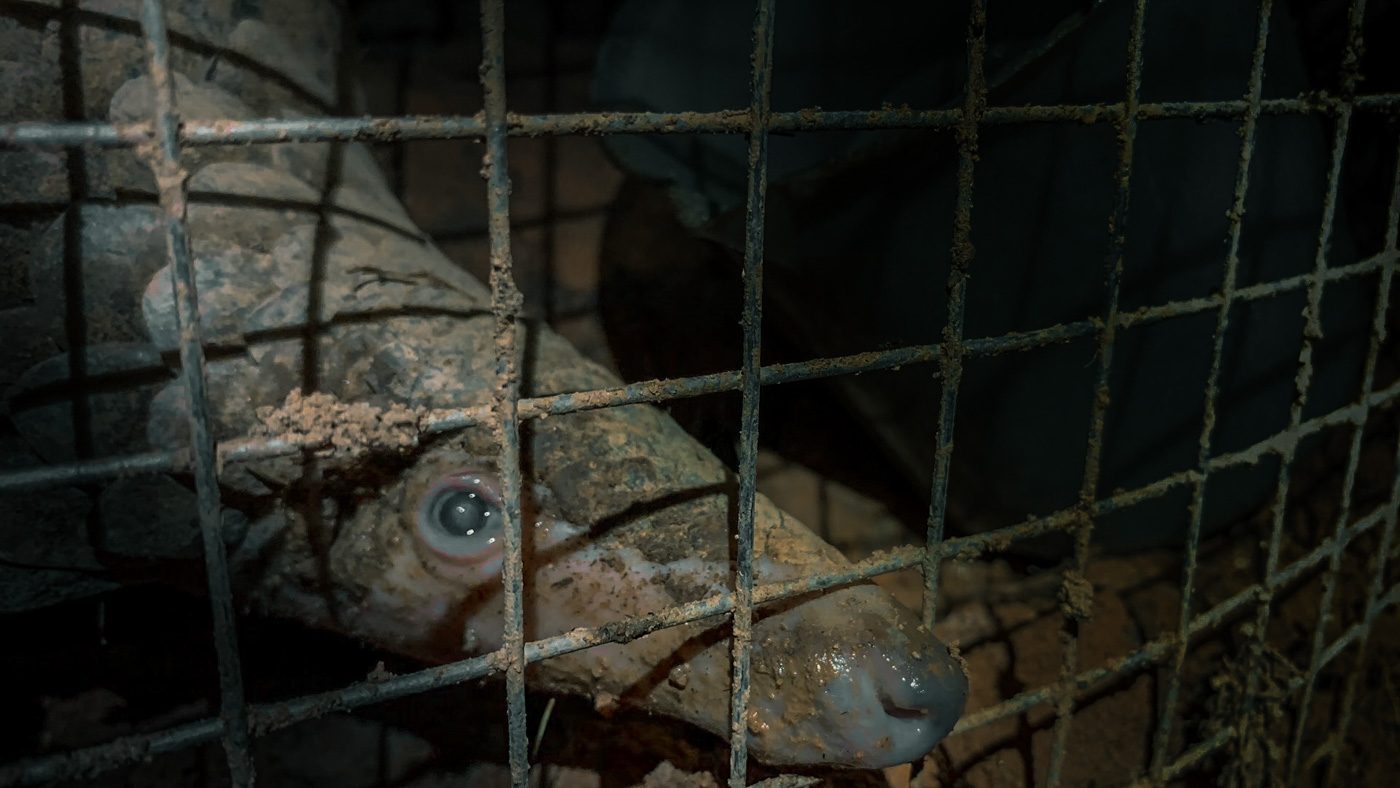
The 3 pangolins were trailblazers. It is the first time in China that the authorities allowed a non-law enforcement, non-profit organization to assist in the care of seized animals, a spokesperson for the foundation said.
The foundation has been jubilant. It had been pushing for access to seized pangolins since 2017. Last year, it even filed a lawsuit to get access to another batch of 32 confiscated animals. The case is ongoing. Perhaps these 3 pangolins could set an example for the court case and future cases.
The zoo proved to be only a temporary home. By May, the foundation found a space in Qingyuan, a nearby town, where the animals could be slowly released into a state of near freedom. (READ: How you can help save the species)
A real estate company had secured a green space of several hundred square meters that is encircled by its residential buildings. There was enough space for the animals to live on relatively peaceful terms. It would be the first release of seized pangolins into semi-wild conditions in China, the foundation said.
After a few days, the pangolins began to become familiar with their new environment. They began to dig for food and appeared to be developing an appetite.
But one was struggling to breathe and moved more slowly.
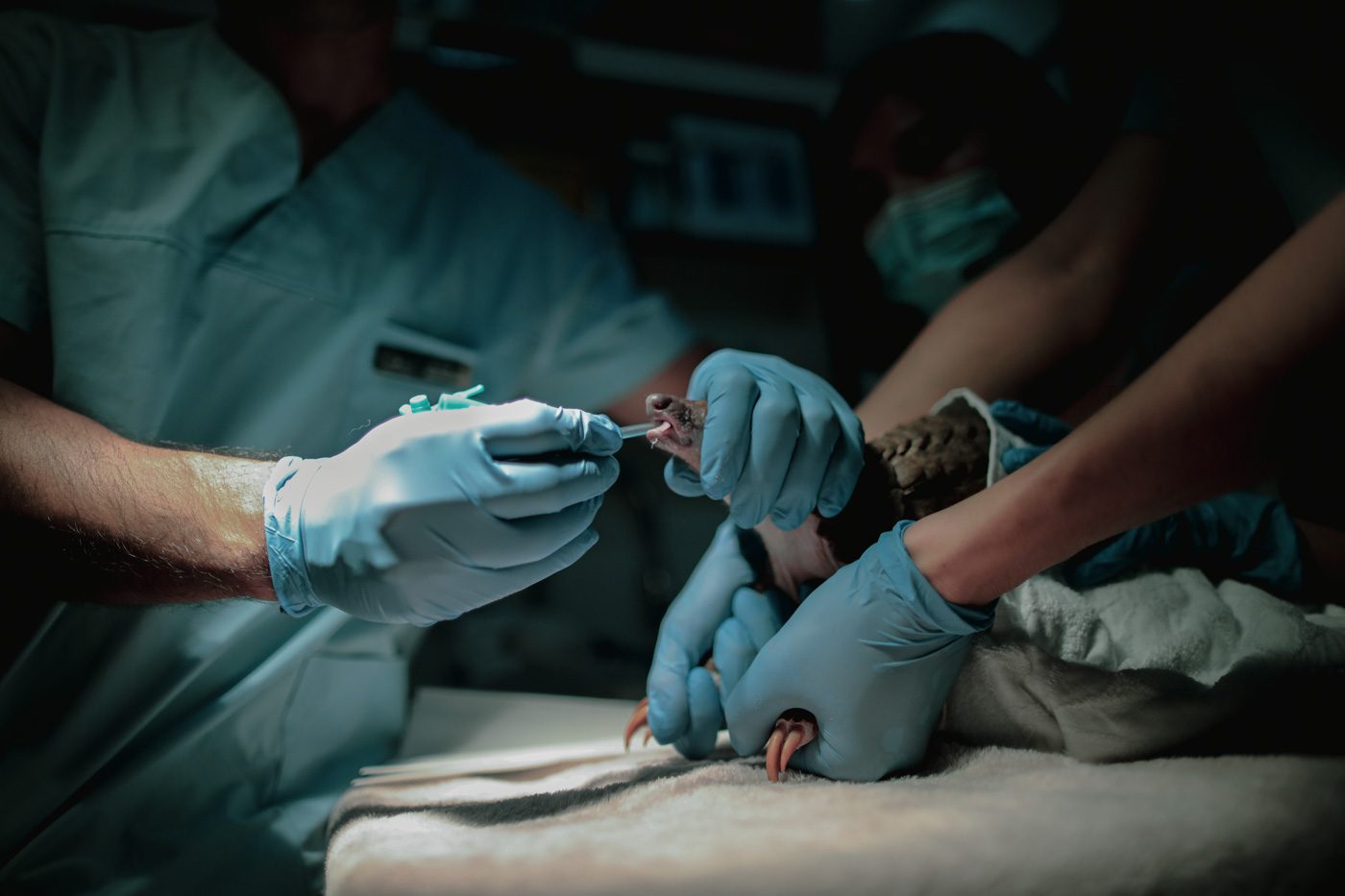
As its condition deteriorated, volunteers put the animal in a box and rushed it to the animal hospital in Guangzhou. By the time they arrived, the pangolin was declared dead.
The real estate company’s staff lack the experience Zhang has in taking care of the remaining two pangolins. The two survivors have been struggling with anxiety since the death, she said.
In June, the foundation asked the government to take the two animals back into a shelter or allow for their release into the wild. On July 3, they were picked up by officials from the forestry administration.
It is unclear what happened to the two animals. The bureau declined to comment. – Rappler.com
This is part of The Pangolin Reports’ “Trafficked to Extinction,” a global report investigating the illegal wildlife trade of pangolins across Asia, Africa and Europe.
TOP PHOTO: A pangolin rescued from traffickers in Vietnam recuperates at a rehabilitation center run by NGO Save Vietnam’s Wildlife. Screenshot courtesy of Centre for Media and Development Initiatives.
More from this report:
Add a comment
How does this make you feel?
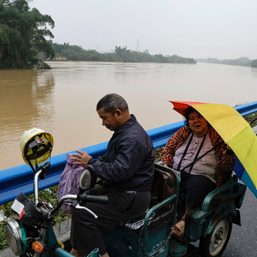





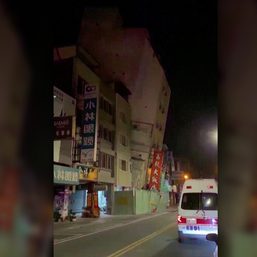







There are no comments yet. Add your comment to start the conversation.